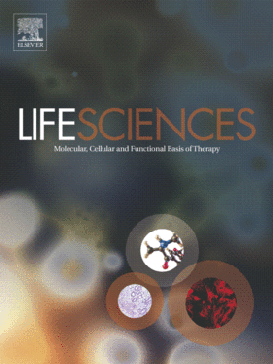
“Previous studies have demonstrated that locally administered cannabinoids attenuate allodynia and hyperalgesia through activation of peripheral cannabinoid receptors (CB1 and CB2).
These results suggest that attenuation of mechanically evoked responses of Aδ nociceptors contributes to the behavioral antinociception produced by activation of peripheral CB1 receptors during inflammation.
Several studies have demonstrated that locally administered cannabinoids produce antinociception in animal models of both acute and persistent pain through peripheral mechanisms.
Taken together, our data suggest that peripherally acting cannabinoids could be a potential therapeutic treatment for chronic inflammatory pain.”
http://www.ncbi.nlm.nih.gov/pmc/articles/PMC2585399/







